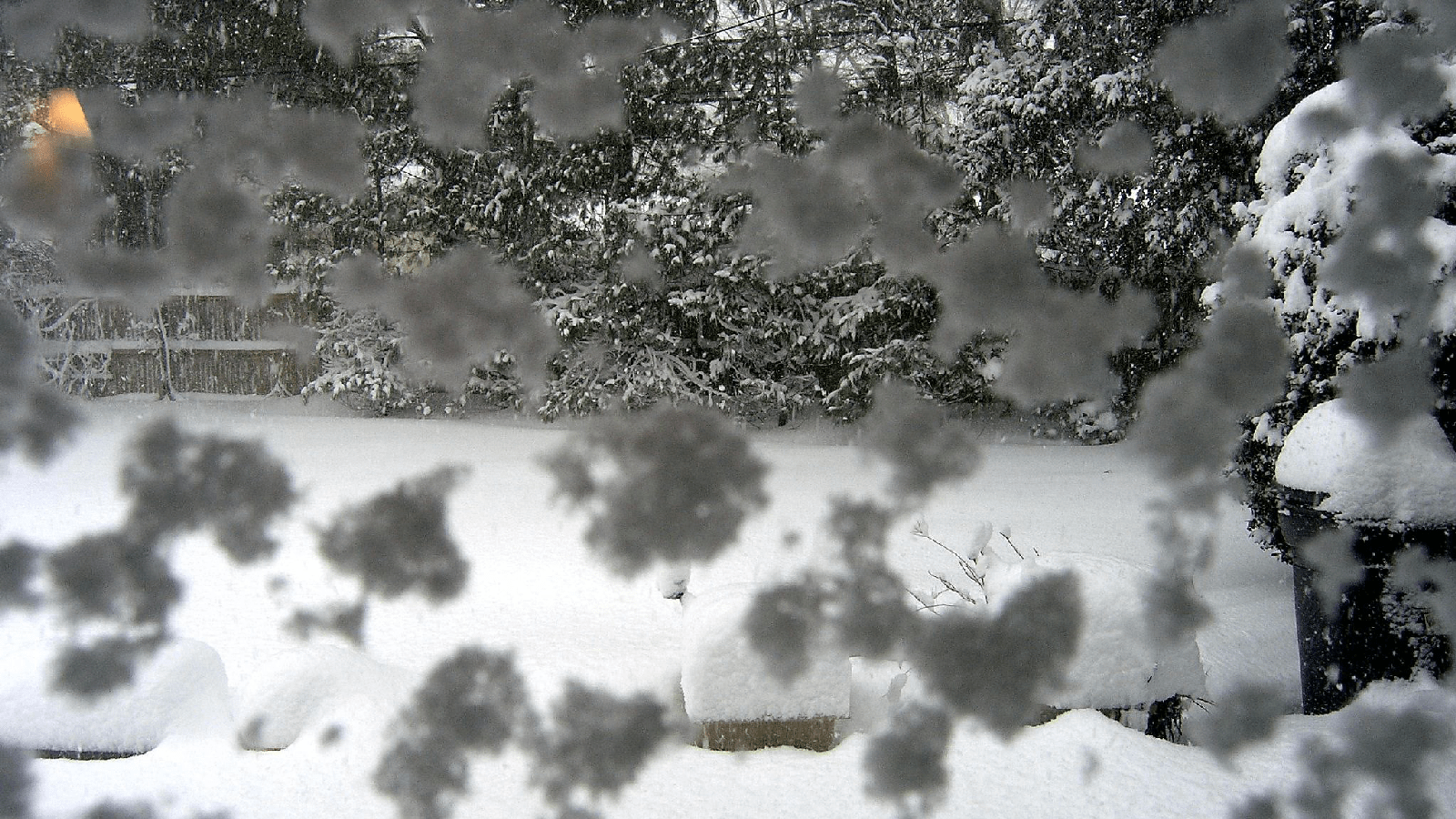When the power goes out on a cold winter night, some people head to a hotel. Others huddle around a fireplace bundled up in hats and blankets.
But after a blizzard knocked out the power at Katrin Klingenberg’s home in Illinois, her house stayed warm and comfortable.
Klingenberg: “I was sitting in my living room in a T-shirt, and outside it was negative 40 windchill. And that’s kind of cool.”
She lives in a so-called passive house she designed herself. And she’s co-founder of Passive House Institute U.S., a nonprofit that works to increase the adoption of passive house building standards.
It’s an approach that sets a very high bar for energy efficiency, focusing on a building’s envelope. That includes the walls, roof, and windows, which protect against the outdoor elements.
Passive houses are extremely airtight, with heavily insulated walls and high-performance windows. And in cold climates, they’re designed to maximize the heat from the sun during the winter months.
Klingenberg: “Should the grid go out or grid fail, these buildings can coast through power outages for days, and you won’t even feel it.”
So she says they can help build people’s resilience to extreme weather, which is growing more common as the climate warms.
Reporting credit: Sarah Kennedy / ChavoBart Digital Media
We help millions of people understand climate change and what to do about it. Help us reach even more people like you.


